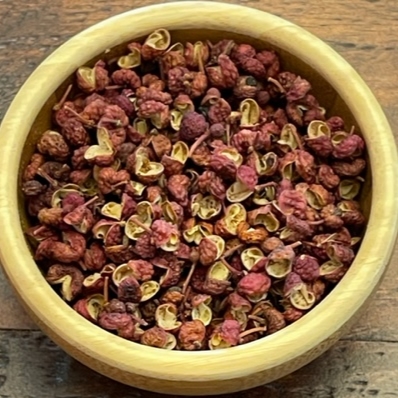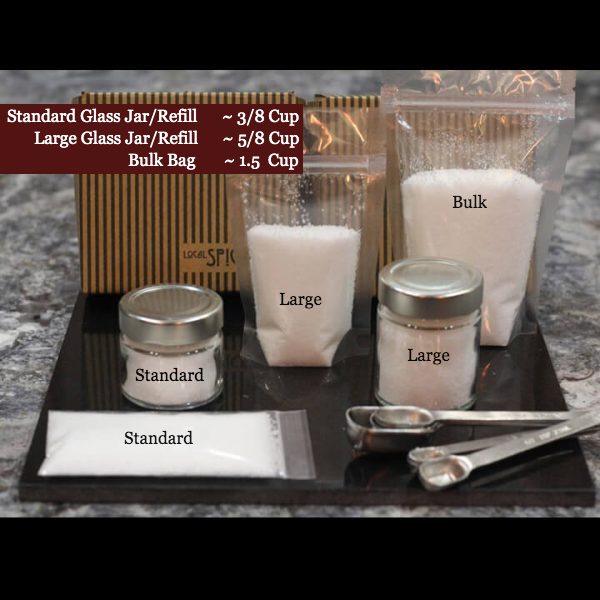Peppercorn, Sichuan
$11.00 – $29.70
A key ingredient in our Chinese Five Spice, Sichuan Peppercorns are also used in Nepali (Gurkha), Tibetan and Bhutanese cooking. Chowmein in Nepal is often served with a Sichuan Pepper sauce. Sichuan has lemon overtones and causes a tingling of the mouth when eaten.
Great in stir fries, sauces & combined with Chiles in Chinese dishes.
| SKU | 4190L |
| Categories | Peppercorns, Spices |
| Tags | Asian Spices, Chinese Spices, India & Asia, Pepper, SOS Free |
| Share |
RelatedProducts

Cumin
$8.50 – $24.30Native to the Mediterranean and South Asia, Cumin is also a signature flavor for Central American and European cuisines. As a symbol of love and fidelity during the Middle Ages, wedding guests carried Cumin in their pockets, and wives of soldiers added it to baked bread for their husbands. Our Cumin is hand harvested, and has a high percentage of essential oils, delivering more powerful aromatics, and a slightly astringent, citrusy quality.

Cloves
$9.25 – $12.50Despite attempts at clove monopolies, by the 18th century cloves were grown in many places including Brazil, Tanzania, and Madagascar. The whole Clove looks much like a nail, hence its French namesake, “clou” (nail).
Use in pastries, puddings, cooked fruits, and cakes, or sprinkle on oatmeal for a treat. Also yummy in stews and vegetables. Pairs well with nutmeg, cinnamon and ginger.

Fenugreek
$7.50 – $20.25Fenugreek was one of the ingredients used in early Egypt incense that emitted the holy smoke for embalming and purification ceremonies. It is now most commonly used in Thai and Indian cuisines.
Add to curries and chutneys. Use sparingly as over using can cause bitterness in food.

Mustard, Black
$7.25 – $14.50Black Mustard, though very similar to Brown Mustard, comes from a different plant — the Brassica Nigra. The seeds are very flavorful, but have almost no aroma. Black Mustard is thought to be the seed of which Jesus spoke.

La Kama
$10.25 – $27.70La Kama meaning “the bed” in Darija is the most common spice blend used in Moroccan cooking. Credited by some as originating in Tangiers, its aromatic sweet and warming flavor can be found in a multitude of dishes throughout the Barbary Coast and Middle East.
Use as a dry rub; in marinades, curries, and soups; or with lentils, couscous, rice or other grains.
Hand blended in small batches with: turmeric, ginger, white pepper, cinnamon, pepper, nutmeg, and allspice.









Reviews
There are no reviews yet.